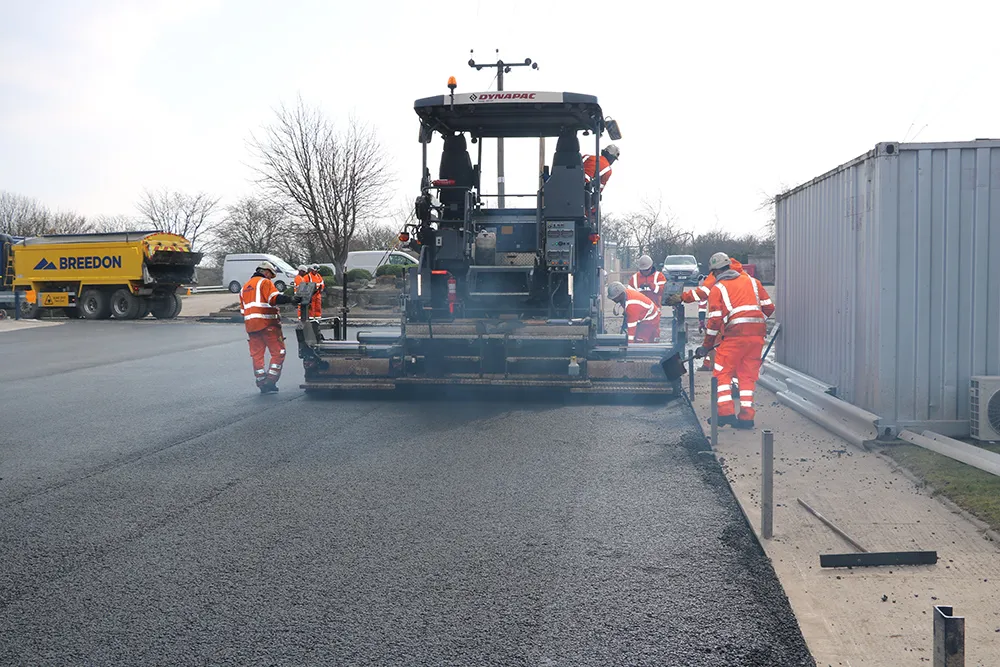January 30, 2023
Successful contractors are employing connected construction technology to track where and when their road surface mix is being made, to predict when it will arrive on site, and to make sure their autonomous paving machinery is ready and waiting for it to arrive. Use pro-active maintenance. Prevent disruption to your project schedule. Track your productivity in real time and make the right decisions. The future is bright and its already here, say three leading experts on machine control.









